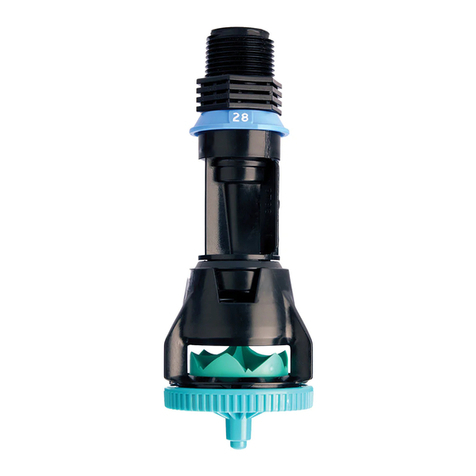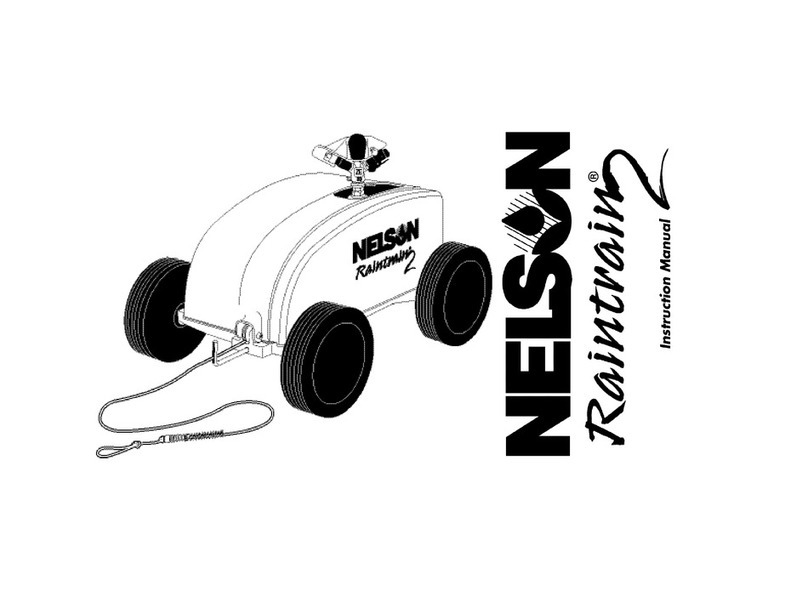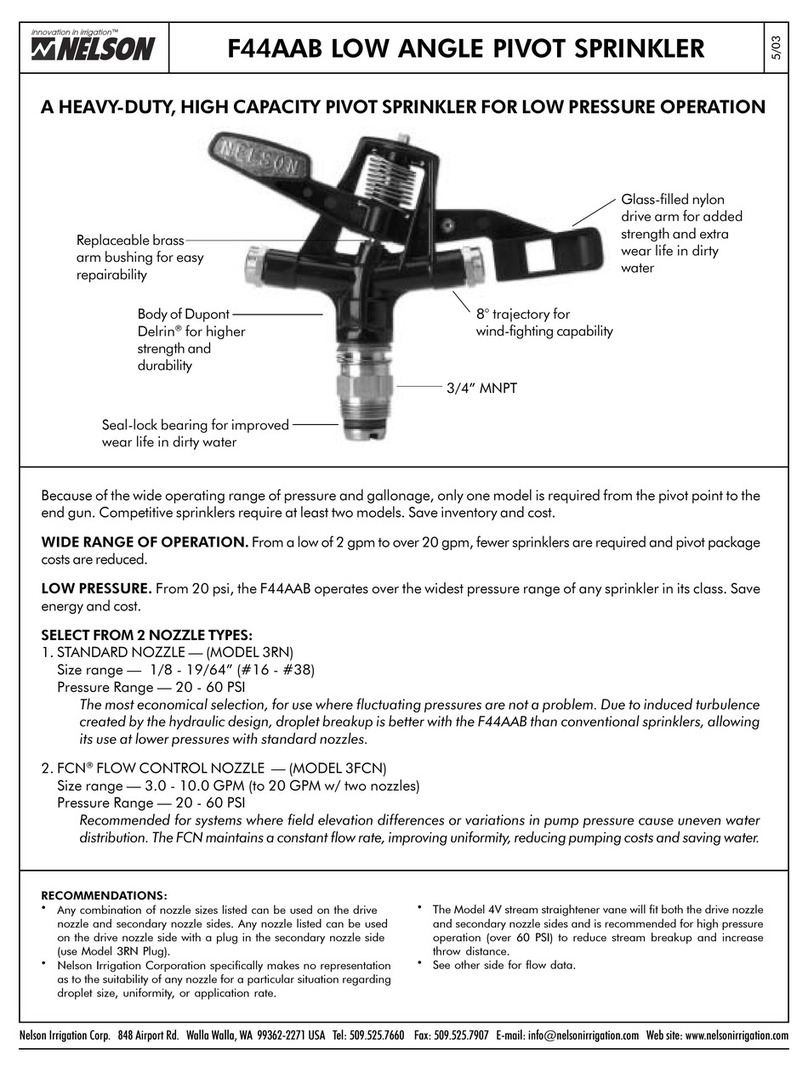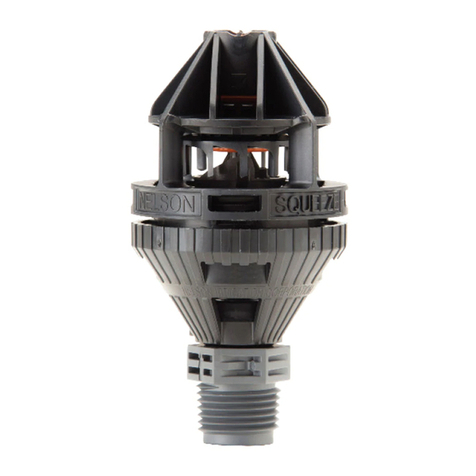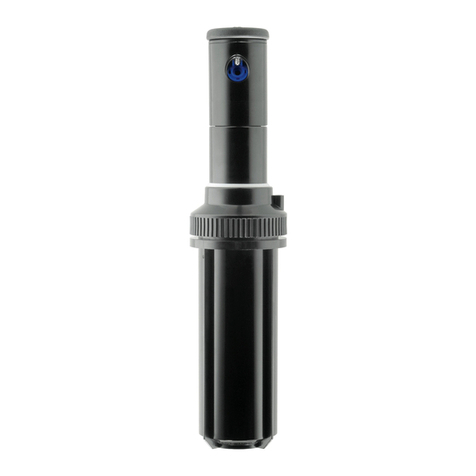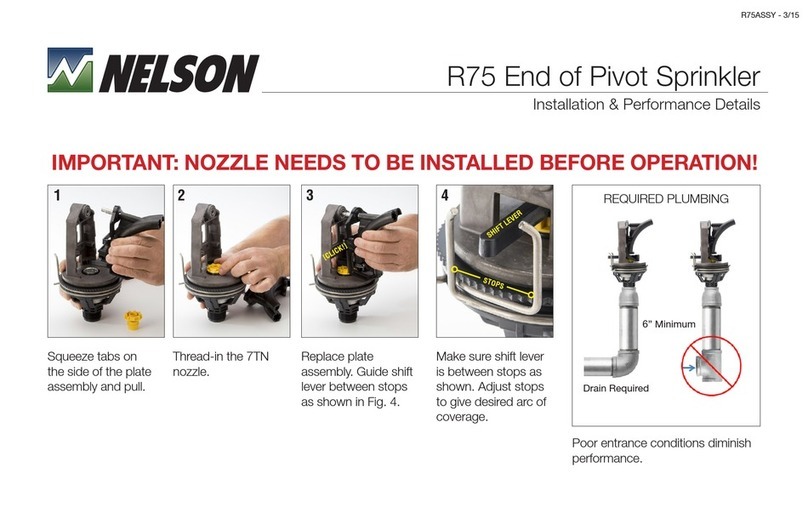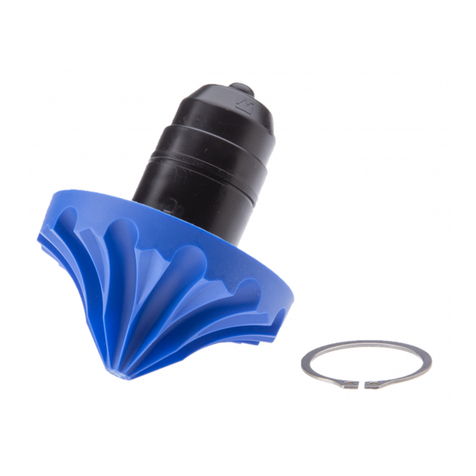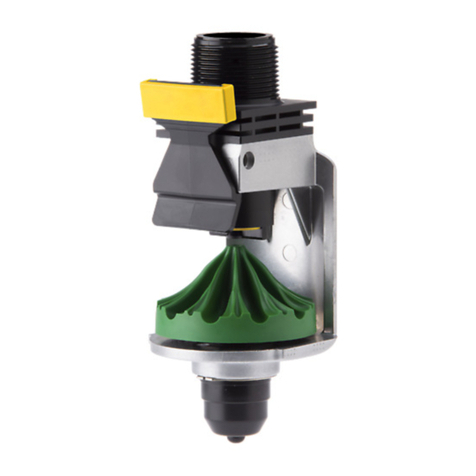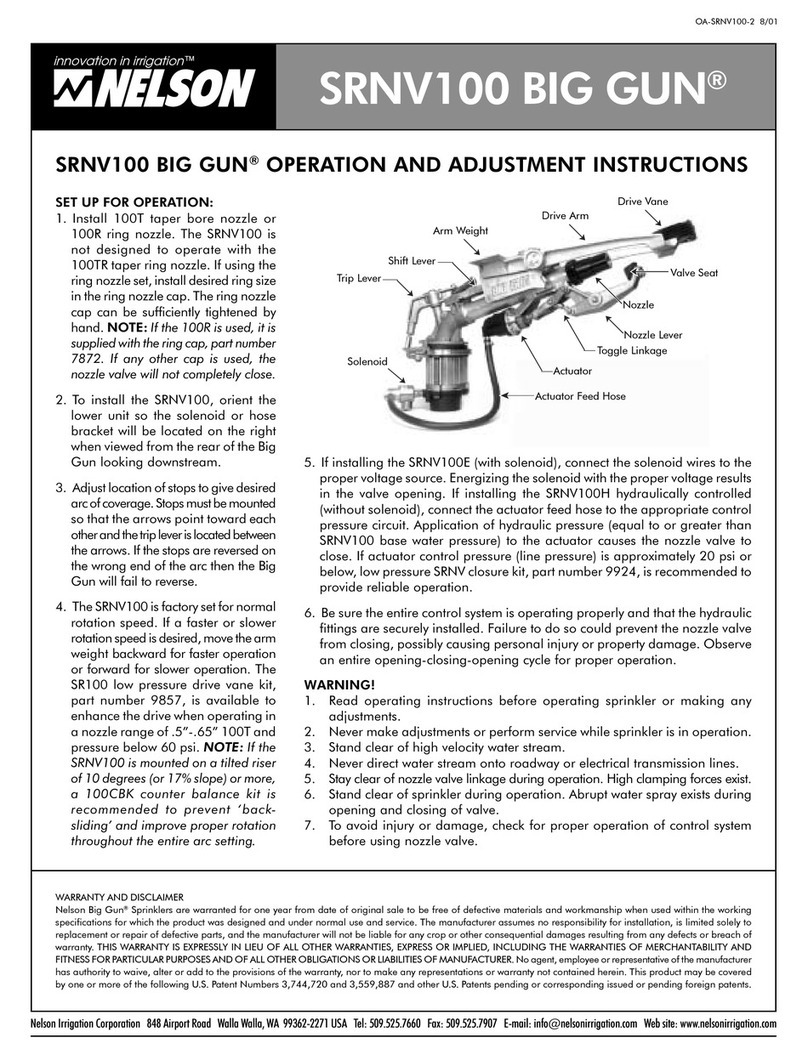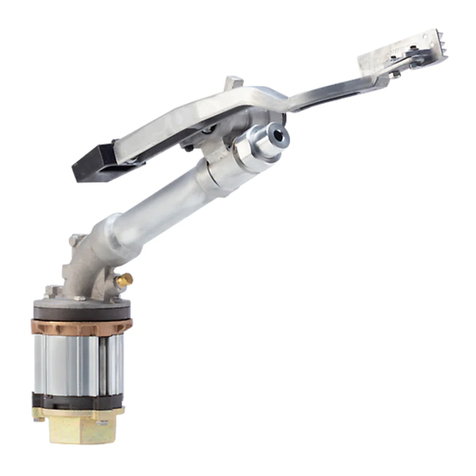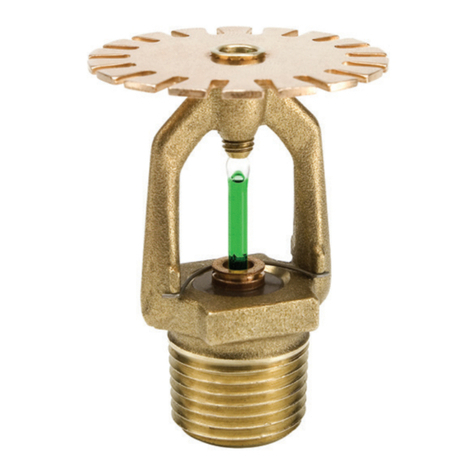
OVERVIEW
Portable / Solid Set Irrigation: Overview
Nelson Big Gun®sprinklers are a great option for portable, solid set, and permanent set systems in
agricultural irrigation, irregular field shapes, sports fields, and more. This application guide contains
design guidelines, examples, and best practices for using Big Gun®sprinklers in these applications.
“Set” sprinkler irrigation systems operate with the sprinklers set in a fixed position (as opposed to
mechanized or continuous-move systems such as center pivots and hose reel travelers). There are
two main types of “set” systems:
• Portable set (also called “periodic-move”) systems where sprinklers must be moved
through a series of positions over the course of irrigating a field;
• Solid set systems that do not require the sprinklers to be moved during the course of
irrigation.
Portable systems may involve moving just the sprinkler or an entire lateral across the field. The
system may be composed of buried pipe, with one or a few sprinklers that are moved from riser
to riser, with only one sprinkler operating at a time in order to reduce the required pipe diameter.
Alternatively, portable systems may use just one or a few lateral pipes that are moved across the
field during the course of irrigation.
The mainline and laterals in solid set systems may be above ground, portable pipe that is left
in place throughout the duration of the irrigation season, but removed only during cultivation/
harvesting. This would be called a “portable solid set” system. Alternatively, “permanent solid set”
systems use buried pipe.
ADVANTAGES OF PORTABLE
SYSTEMS:
• Pipe can be removed from the field for
farming operations, which eliminates the
necessity of farming around sprinkler risers.
• In its most basic form the portable sprinkler
concept is one of the lowest cost systems
available.
• Portable systems can be rotated to dierent
fields to follow the crop rotation.
• Portable systems make land leasing
programs practical.
ADVANTAGES OF PERMANENT SOLID
SET SYSTEMS:
• Selection of the sprinkler spacing is not
limited by standard portable pipe lengths.
• There is less irrigation labor involved, as the
pipe does not have to be moved out of the
field for farming operations.
• It is possible to loop the piping system, which
aords some economies through pipe size
reduction.
• Supporting the sprinkler riser is less
complicated than with above-ground pipe.
NELSON IRRIGATION - BIG GUN
06 | NELSONIRRIGATION.COM 09/24/2021

